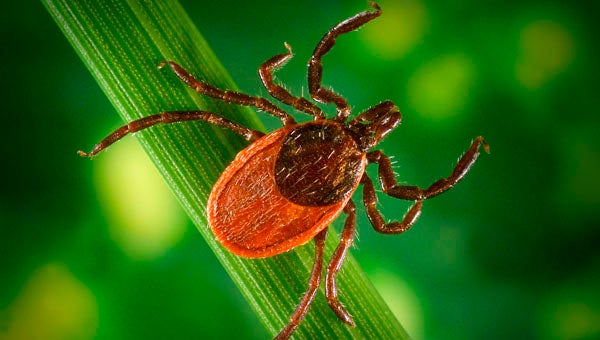Protecting oneself against disease spread by ticks
Published 7:03 pm Wednesday, June 24, 2015
Summer is here and many people — kids and adults, alike — are spending time doing recreational activities, most of which take place in grassy, and in some cases, wooded areas. It is important to keep in mind that there are things crawling in those areas, specifically ticks, which carry infectious diseases like Lyme disease, the fastest-spreading tick-borne illness in the United States.
Living in a rurally dominant area like eastern North Carolina, and with summer here, not only are ticks everywhere, but people are venturing out into areas where they become susceptible to tick bites.
The Centers for Disease Control and Prevention (CDC) recorded 38,500 new cases of Lyme disease in 2009, but acknowledge that they greatly undercount the number of cases. They estimate that only one in 10 cases is reported, putting the number of actual cases occurring annually at around 300,000. The disease has also been reported in every state in the nation.
Many patients that have Lyme disease, have a bulls-eye rash associated with their tick bite, an early warning sign to seek treatment. When diagnosed early and treated aggressively, the infection can be cured with antibiotic treatment. Cases that have been left undetected require a longer duration of antibiotic therapy.
When the infection persists, initial vague flu-like symptoms are often replaced with other issues, including Bell’s palsy, sore, swollen joints, body aches, pain and severe headaches, swollen lymph nodes, cognitive impairment and many debilitating neurological and cardiovascular problems.
In many cases, patients who respond to the “red-flag” rash do not always receive correct medical advice for several reasons. Among the reasons: medical studies suggest that Lyme disease imitates symptoms of many other serious conditions like ALS, lupus, Parkinson’s, multiple sclerosis and Alzheimer’s, obstructing accurate diagnosis; diagnostic tests are known to be unreliable, resulting in false negative tests; ongoing controversies regarding persistent Lyme disease within the medical community, impeding both accurate diagnosis and treatment, according to the National Capital Lyme Disease Association.
This summer, to protect oneself from ticks and contracting infectious diseases like Lyme disease, follow these tips from CDC: avoid wooded and bushy areas with high grass and leaf litter; walk in the center of trails; use repellants that contain 20- to 30-percent DEET on exposed skin and clothing for protection that lasts up to several hours; use products containing 0.5 percent premethrin on clothing and tents, which will remain protective through several washings; bathe or shower as soon as possible after coming indoors, preferably within two hours, to wash off and more easily find ticks; conduct a full-body tick check using a hand-held or full-length mirror to view all parts of the body upon return from tick-infested areas; parents should check their children for ticks under the arms, in and around ears, inside the belly button, behind the knees, in the groin area, around the waist and especially in hair; examine gear and pets; tumble clothes in a dryer on high heat for an hour to kill remaining ticks.





